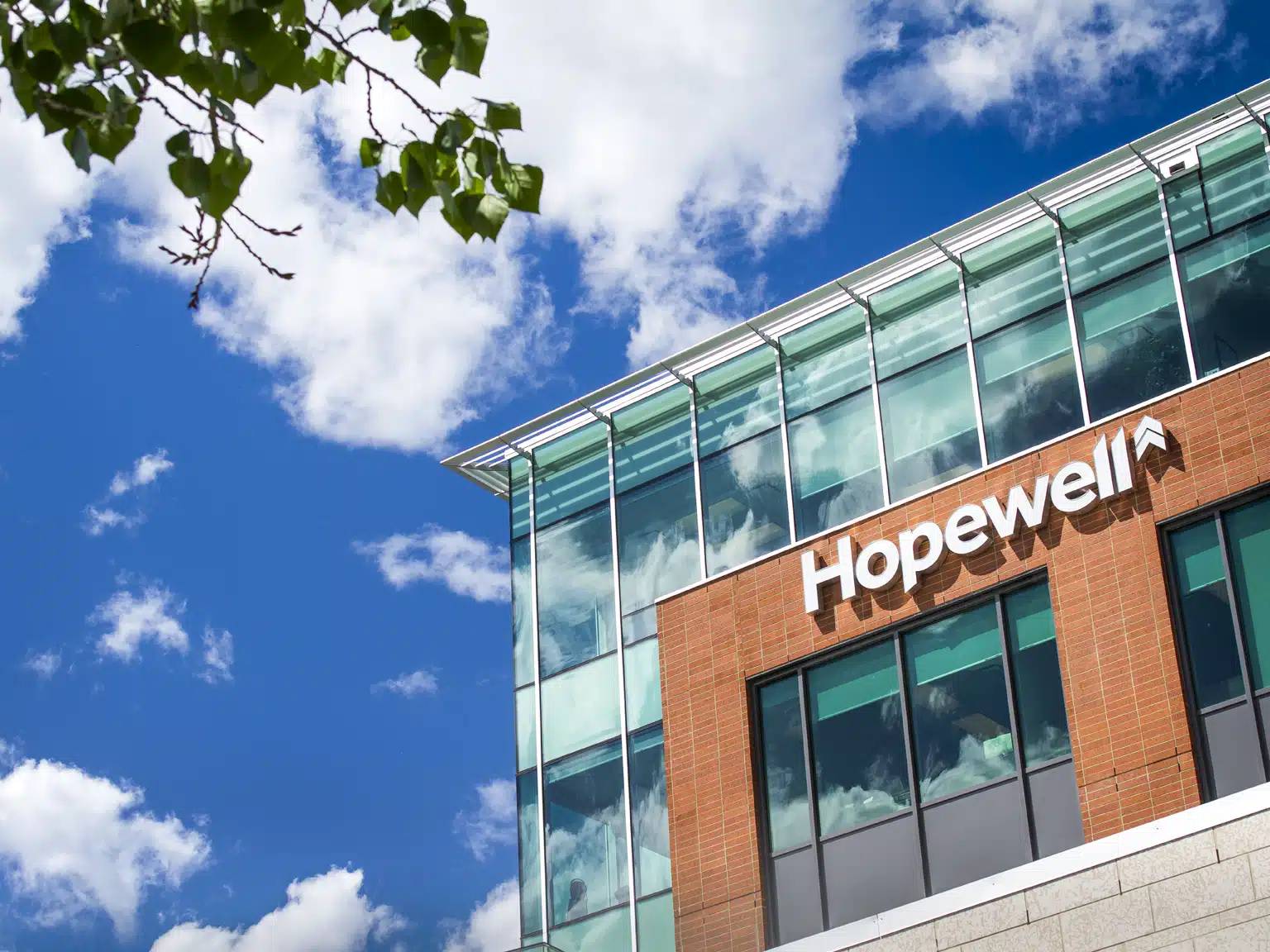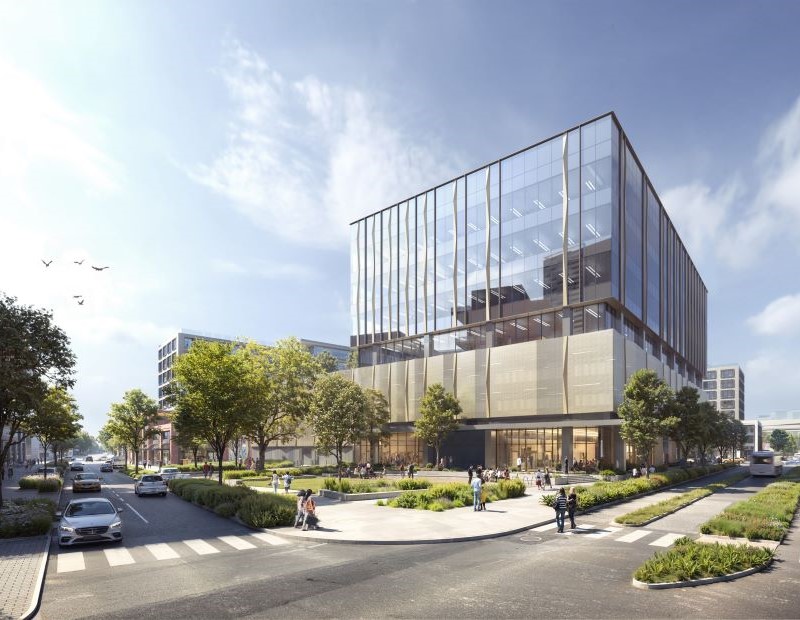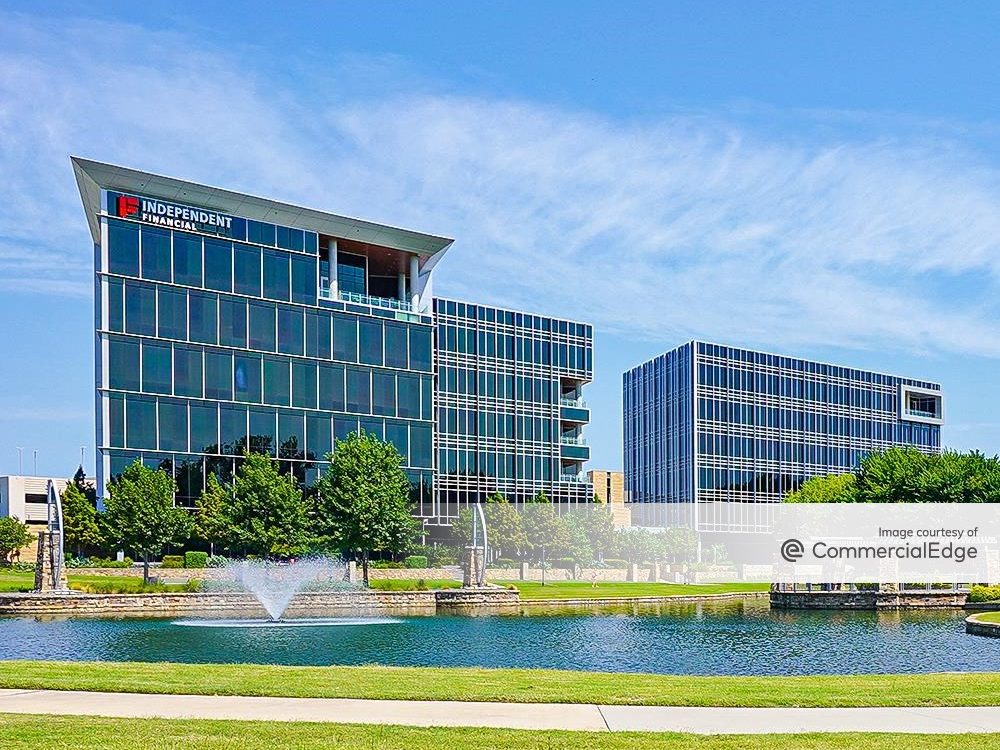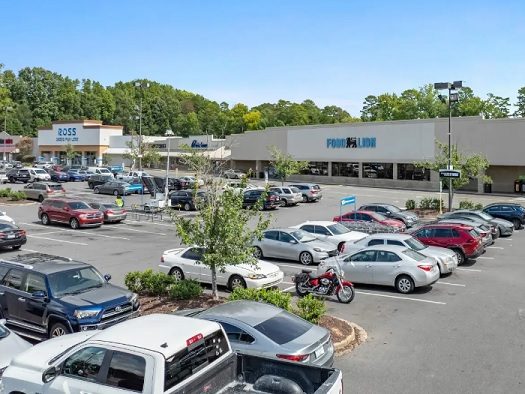Best Practices for Lighting Replacement
By Brad Berton, Contributing Editor Parking-lot and other common-area lighting retrofits are anything but no-brainers — notwithstanding the ever-widening performance gaps between aging legacy systems and LED and other 21st century technologies. Local electricity rates, along with rebate program particulars, are key economic factors helping determine whether LEDs or HIDs make more sense for a…
By Brad Berton, Contributing Editor
Parking-lot and other common-area lighting retrofits are anything but no-brainers — notwithstanding the ever-widening performance gaps between aging legacy systems and LED and other 21st century technologies. Local electricity rates, along with rebate program particulars, are key economic factors helping determine whether LEDs or HIDs make more sense for a given parking lot, according to Kimco Realty Corp. manager of energy services Nate Mitten.
Planned hold periods can also affect selection of lighting systems, not to mention determination of a lot of other retrofit elements, he added. If a center is not expected to remain in Kimco’s portfolio for the long term, the company might be reluctant to upgrade via a costly LED retrofit designed to last 20 years or more.
Regency Centers, for its part, generally looks to replace parking-lot and other common-area lighting fixtures that are maybe 15 or 20 years old, rather than targeting marginally greater efficiencies by replacing reasonably performing HIDs that have been in place for five years or so, according to Mark Peternell, vice president of sustainability.
When retrofitting is the better alternative, Mitten advised against the numerous LED “retrofit kits” being marketed. While these kits permit replacement of the existing light with an LED lamp and driver within the original luminaire, he noted that there is a heat dissipation issue.
“If you put an LED retrofit lamp and driver into a fixture that wasn’t designed for them, how do you know (components) are being properly cooled?” he pointed out. Nor will an older fixture retrofitted with a new-age lamp necessarily provide the level of light uniformity across a parking lot that shopping center operators desire, he added.
The sounder strategy is to stick with established full-service lighting manufacturers with noteworthy LED experience and independently tested products — not to mention those likely to remain in business long enough to honor warranty obligations.
“Our property managers might get unsolicited proposals from people selling knock-off systems,” Peternell related. “But we stick with very reputable manufacturers whose products we know have proper certification, such as Underwriters Laboratories ratings.”
Regency decision-makers likewise take pains to check manufacturers’ spec sheets against qualified product lists compiled by organizations such as the DesignLights Consortium. And Dr. Jack Curran, principal with LED Transformations L.L.C., recommends only purchasing products featuring the Department of Energy’s LED Lighting Facts label, which lists lumens, watts, efficacy, color rendering index and correlated color temperature. In some cases, it also lists lumen maintenance and/or warranty metrics.
A last piece of advice he offered: A quality driver is the key to maximizing an LED system’s energy efficiency. The better drivers are as much as 95 percent efficient, while others are only in the 50 to 60 percent range. “It becomes a function of what you’re willing to pay for.”






